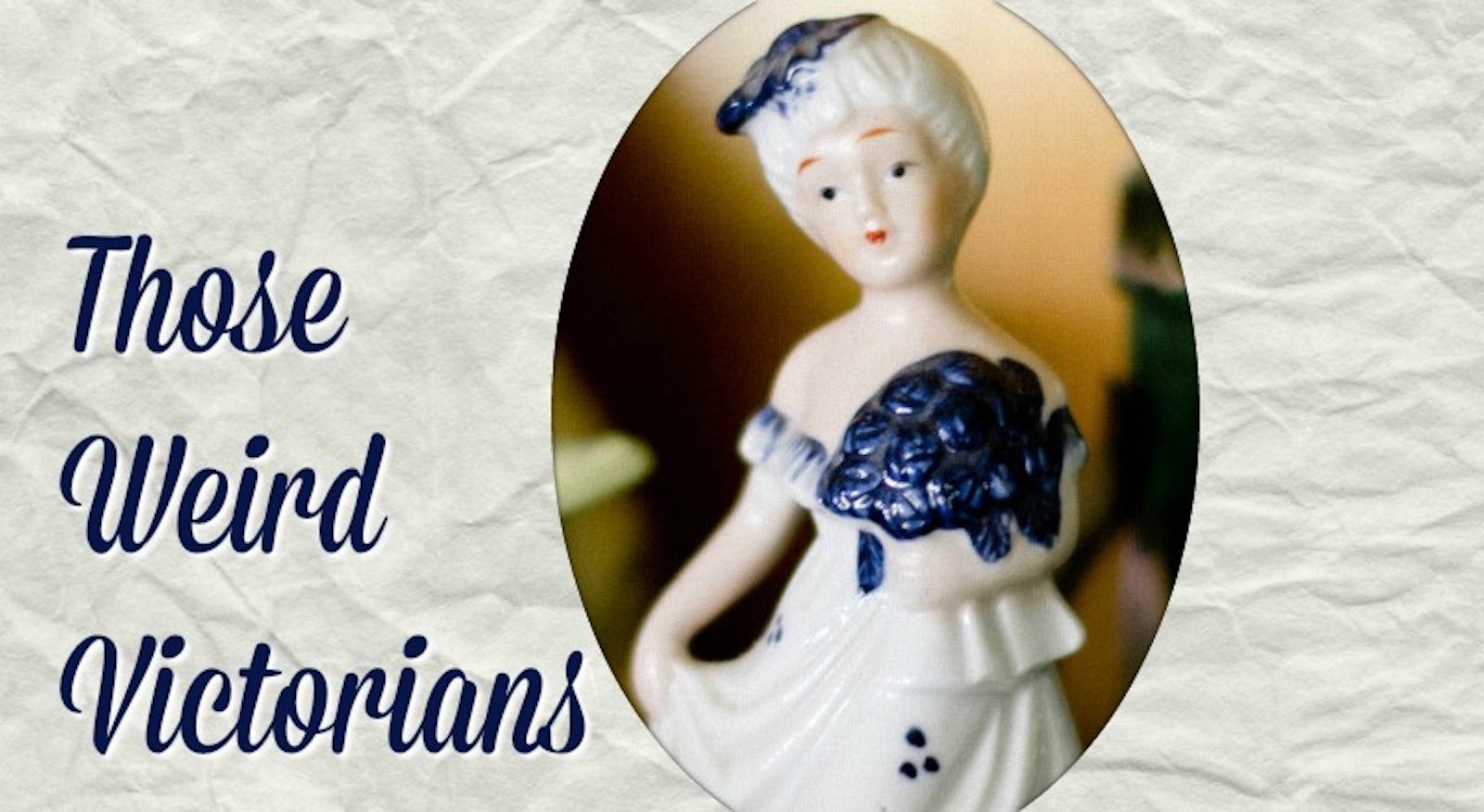Back in the 1880s, Victorian knitters relied on illustrations to gauge the worthiness of a new knitting project. Weldon’s Practical Needlework is filled with page after page featuring marvelous depictions of all manner of Victorian needlecraft. But lurking in these pages are mysterious patterns lacking any type of rendering. Curious minds want to know, what do these projects look like?
From the pages of Weldon’s Practical Needlework, Volume 1, PieceWork offers up this example: Knitted Beaded Cuffs. What in the (Victorian) world do these Weldon’s Knitted Beaded Cuffs look like? Here is the pattern just as it was presented in 1886, with neither alterations nor corrections. If you’re game, we urge you to cast on and email us a photo at [email protected].
Happy knitting!
Elizabeth
Knitted Beaded Cuffs
Materials—Black Berlin. Needles No. 16. Use the round black, gold, or steel beads. These cuffs are knitted on two needles. Thread about two yards of beads upon the wool for each cuff, before commencing to knit. No. 8 crewel needle carries the wool and yet passes through the beads. Cast on 44 stitches. 1st row—Edge stitch, plain knitting. 2nd row—Edge stitch, bead stitch, knit 1, repeat the last 2 stitches to end of row. 3rd row—Edge stitch, plain knitting. 4th row—Edge stitch, knit 1, bead stitch, repeat the last 2 stitches to end of row. Continue with the above rows until a length of 6½ inches is reached. If larger cuff is desired, of course knit a longer piece. Cast off, join by sewing edges together, then finish top-edge with slip crochet, working in every other stitch 3 beads. The manner of working in the beads is simply to pass a bead down to the last stitch worked, then work your stitch as usual, which fastens the bead.

